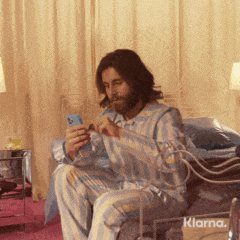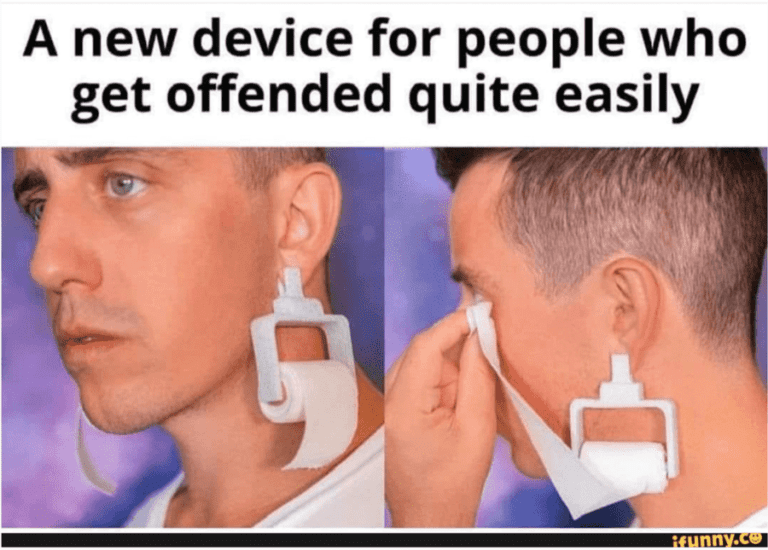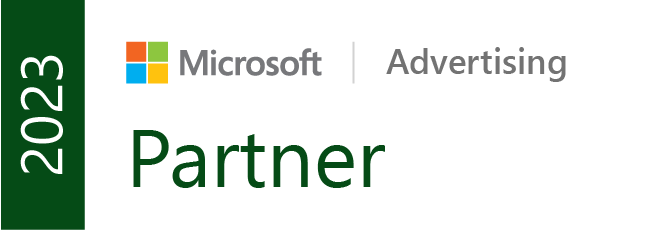
Hey, have you ever found yourself zapping through TV Channels like there’s no tomorrow?
You know the drill. You’re sitting there, remote in hand, flipping through TV channels faster than a speeding bullet.
Ever wonder why some channels make you hit pause and others just fly by in a blur?
What makes you stop?
Is it the action? The colors? That one actor you can’t get enough of? Or maybe it’s just something new you haven’t seen before. Think about it. What really makes you stick around?
It’s not just about showcasing a product – it’s about weaving a narrative that viewers can see themselves in.

Now, let’s flip to YouTube.
Caught yourself ready to pounce on that “Skip Ad” button? But wait, sometimes you don’t, right? Ever wonder why? What is it about those few ads that make you sit up and watch instead of skipping after 5 seconds? You know the ones I’m talking about, right? You’re just about to dive into a video, and then boom, there’s an ad. Your finger’s hovering over that “Skip Ad” button, but then something happens. You laugh. And just like that, they’ve got you.
Want to brainstorm with our team on new ways to scale your business with YouTube Ads (and other performance video platforms)?
Join us for a free YouTube ad brainstorming session👇
LOL your way
“Laughter is the shortest distance between two people.” – Victor Borge
This timeless quote reminds us of the essence of humor’s power. When an ad makes us laugh, it’s not just breaking the ice; it’s tearing down walls. Humor fosters a sense of shared experience, creating an instant connection between the company and the viewer.
A study by the Journal of Marketing found that consumers are more likely to share and engage with content that makes them laugh, highlighting humor’s role in enhancing virality. This is crucial in the digital age, where shareability equates to visibility.
According to a survey by AdWeek, 75% of consumers appreciate the humor in advertising, but the context and execution must be carefully considered to ensure it appeals to a broad audience without crossing lines of sensitivity.
As legendary David Ogilvy once remarked, “The best ideas come as jokes. Make your thinking as funny as possible.” This ethos is perhaps more relevant today than ever before.
You have probably heard of this one: Ipsos’ findings show that “an unconventional creative approach produces 40% longer viewing time on average for skippable ads”.
Laughter opens doors that logic cannot
Navigating the fine line of what’s considered humorous in advertising is like trying to tickle a cat: you have to know exactly where to touch it, or you might get scratched.

Humor, by its nature, is an act of rebellion against the expected. The mantra of “when the world zigs, you zag” isn’t just about being different for the sake of it; it’s about leveraging the element of surprise to create a memorable connection with the audience. In the context of humor, this could mean adopting a comedic angle that’s offbeat, irreverent, or even absurd, as long as it resonates with the viewer.
But how do we apply this in the realm of direct response marketing, where the ultimate goal is not just to entertain but to compel action? It’s the art of surprising your audience, making them laugh not just with their mouths but with their clicking fingers ready to share the joy.
Why does humor often sit in the backseat when we strategize for direct response marketing? Is it the fear of the joke falling flat, or is there a deeper hesitation at play? Could it be that we underestimate the power of a well-timed laugh to not just catch attention but to hold it, turning viewers into customers?
Is it possible that Claude Hopkins, the revered grandfather of direct response marketing, missed the mark when he declared, “No one buys from clowns”? In an era where Hopkins’ methodologies shaped the very foundation of advertising, his words were gospel. But fast forward to today, and we find ourselves in a markedly different marketing landscape.
Join us as we present YouTube ads that demonstrate how modern marketers are bending, and sometimes breaking, the conventional rules that once defined our industry.
1) Chatbooks - A diary of a wiped-out parent
It’s not just about saving time or even about the laughs (though, those are pretty great, too). It’s about capturing the beautifully chaotic, wonderfully messy, and absolutely precious moments of family life. Because someday, those little thumb-suckers are going to grow up, and you’ll want to revisit how you survived.
Direct response highlight: Problem-Agitate-Solution (PAS) formula. This ad masterfully employs the PAS formula. It presents a relatable problem (the difficulty of preserving family memories amid the chaos of parenting), agitates by highlighting the impracticalities of traditional solutions (time-consuming, expensive photo books), and then introduces Chatbooks as the hassle-free, affordable solution.
2) ClickFunnels - The checklist from the depths of despair
Starting an online business, you say? Buckle up, because the journey from “I have an idea” to “I’m living off my passive income” usually feels like trying to solve a Rubik’s Cube… blindfolded… in a wind tunnel. But don’t worry, you’ll also get a complimentary kit to heal the emotional scars from your online business ventures.
The ad kicks off with a to-do list so daunting, you’d think you were preparing to colonize Mars. If you’ve ever dreamt of starting an online business but felt like you were about to climb Mount Everest in flip-flops, this ad says, “Hold my beer.”
After painting a bleak picture of the traditional path to online business success, the ad introduces “the future of marketing your business” as an all-in-one solution that simplifies the entire process. This sharp contrast not only grabs attention but also positions the product as a no-brainer alternative to the chaos just described.
Direct response highlight: Value proposition. The contrast between the exaggerated nightmare of starting a business and the simplicity of the offered solution is stark and effective, making the latter incredibly appealing.
3) Night Buddy - One step away from a surprise bear hug
Let’s talk about the real MVPs of this ad: the man who fixes stuff, builds stuff, and fights bears and mosquitoes.
The ad starts by acknowledging a universal truth: nighttime exploration can quickly turn into a horror movie audition. As the ad unfolds, it paints a vivid picture of the struggles faced by “real men” everywhere, attempting to conquer the darkness armed with nothing but a faulty flashlight and a prayer.
This ad is a textbook example of knowing your audience and speaking their language. It uses humor, hyperbole, and direct appeals to masculinity to present a practical product as an indispensable component of the adventurous male lifestyle. It’s not just about the light; it’s about what the light enables the user to be—more capable, more adventurous, and ready for anything.
Direct response highlight: Night Buddy’s offer shines bright with up to 60% off and free shipping. This irresistible deal doesn’t just light up the night; it illuminates the path to savings and convenience, urging viewers to seize the opportunity before it fades into the darkness.
4) MANSCAPED™ - A hairy tale
Right off the bat, the ad uses humor to tackle a potentially awkward subject, making it approachable and engaging. The introduction of the “Grooming Guru” in a comedic, unexpected manner immediately sets a lighthearted tone, preparing the audience for a sales pitch that doesn’t feel like one. Let’s notice the first 5 seconds of the ad and agree, no way we would skip watching.
The ad dives into the dark comedy of manscaping gone wrong, turning every guy’s worst fear into a chuckle-worthy confession.
Direct response highlight: Risk reversal. “If you nick your sack, send it back” is a brilliant example of risk reversal, a strategy Kennedy often champions. This removes the perceived risk from trying the product, encouraging viewers to make a purchase decision with confidence.
As we’ve seen, humor can be a powerful tool when wielded skillfully in advertising. But making an audience laugh is no easy feat. Laughter opens minds, dissolves reservations, and leaves us hungry for more. Isn’t that the dream of any compelling ad? Yet we must be careful not to view humor merely as a checkbox, throwing in a gag without context in hopes of going viral.
Perhaps it’s time we rethink the role of comedy in persuasion. With the right context and measure of restraint, humor might just be the Trojan horse that can slip a persuasive message past our inherent resistance.
Want more content like this?
Don’t miss out on the latest news and updates from the world of Direct Response advertising! Subscribe to our newsletter today 👇

Vesna Vukanovic Dumanovic, Account manager
Armed with a PhD in Knowledge Management, as well as insatiable curiosity and a can-do attitude, Vesna is an organizational powerhouse on our team. As a veteran in project management, there's no question or task you can throw at her that she wouldn't be able to tackle. That's why she's the go-to resource for education, development, and support not just for our team but for Inceptly's clients.
Want to brainstorm with us on new ways to scale your business with YouTube Ads (and other performance video platforms)?
Book a free YouTube ad brainstorming session with us here: 👇
Like this post? Let's continue the conversation!
Get in touch with us by shooting us a quick email or tagging us on LinkedIn or Instagram, and sharing your thoughts. Your feedback helps us keep our blog relevant and interesting.
Get Our Newsletter
Need Help?
Get in touch with us for an insightful evaluation of your ads + actionable tips to help amp up your direct response revenue







